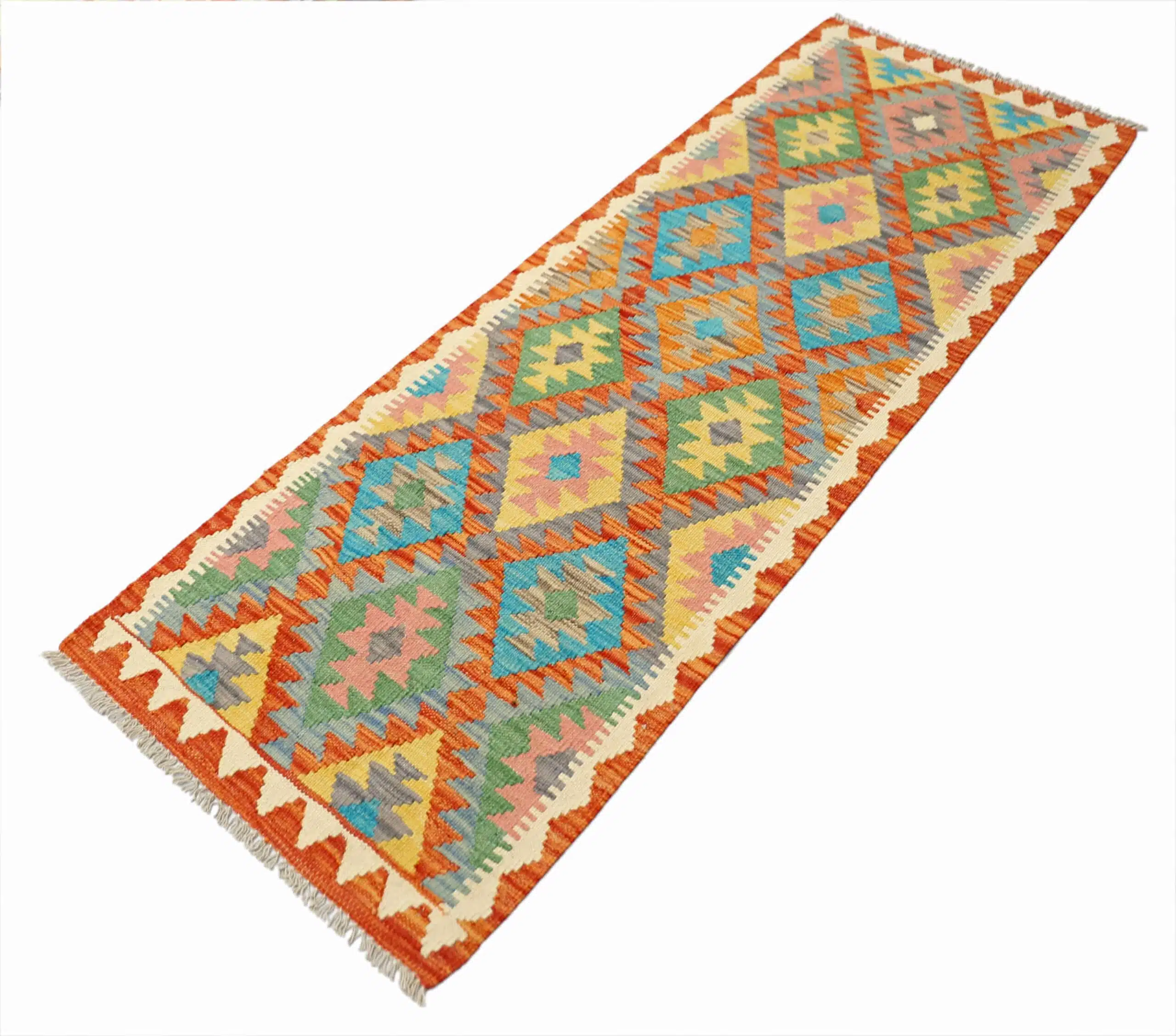Kilim rugs, often woven with threads of cultural richness and artistic mastery, stand as timeless testaments to the craftsmanship of ancient civilizations. As we delve into the intricate world of what is a kilim rug, we discover a tapestry of history, diverse designs, and cultural significance that continues to captivate admirers worldwide.
What is a Kilim Rug? Origin and History
Our journey begins in the folds of time, where the roots of Kilim rugs stretch back through the ages. Originating in various cultures, including those of the Middle East, North Africa, Central Asia, and the Balkans, these rugs have been woven with care and skill for centuries. The nomadic tribes of these regions were early practitioners of Kilim weaving, with each rug telling a story of its origin through patterns and symbols.
Construction and Materials
The construction of Kilim rugs is an art in itself. Unlike traditional pile rugs, Kilims are flat-woven, creating a thinner, more lightweight textile. This technique involves tightly interweaving the warp and weft threads, resulting in a reversible pattern. The materials used, often wool or cotton, contribute to the durability and unique texture of Kilim rugs. The artisans’ hands move with precision, creating geometric patterns, floral motifs, and symbolic designs that reflect the rich heritage of their creators.
Design Diversity
One of the most fascinating aspects of Kilim rugs is the immense diversity in their designs. Regions and cultures have left their imprint on these textiles, giving rise to a kaleidoscope of patterns and colors. From the bold geometric shapes of Anatolian Kilims to the intricate floral designs of Persian Kilims, each rug is a visual feast. The symbolism behind these patterns adds another layer of meaning, with motifs representing aspects of nature, spirituality, and daily life.
Cultural Significance
Beyond their aesthetic appeal, Kilim rugs carry profound cultural significance. In many societies, these rugs play a role in ceremonies, rituals, and daily life. They are passed down through generations, becoming cherished family heirlooms. The symbolism in Kilim’s designs often reflects cultural beliefs and values, making each rug a living artifact of its cultural context.
Contemporary Appeal
In the modern world, Kilim rugs have transcended their traditional roles to become sought-after decor items. Interior designers and enthusiasts alike appreciate the timeless beauty and versatility of Kilims. Their ability to seamlessly blend with both traditional and contemporary settings has made them a staple in stylish homes and design magazines. The juxtaposition of ancient artistry with modern aesthetics adds a unique flair to any space.
Care and Maintenance
Owning a Kilim rug is not just a possession; it’s a responsibility to preserve a piece of cultural heritage. Proper care and maintenance are essential to ensure the longevity of these intricate textiles. Regular cleaning, avoiding direct sunlight, and rotating the rug to even out wear are among the key practices to maintain the vibrancy and integrity of Kilim rugs.
Conclusion
As we conclude our exploration into the world of Kilim rugs, we find ourselves immersed in a rich tapestry of history, craftsmanship, and cultural significance. These rugs are not merely floor coverings; they are storytellers, weaving tales of the past into the present. The enduring appeal of Kilim rugs lies not only in their aesthetic beauty but also in their ability to connect us to the diverse cultures that birthed them.
Join us in celebrating the artistry of Kilim rugs. Share your thoughts, experiences, or questions about Kilims in the comments below. Explore our curated collection of Kilim rugs, each a masterpiece that bridges the gap between tradition and contemporary design. Embrace the warmth, history, and cultural richness that Kilim rugs bring to your living spaces.

